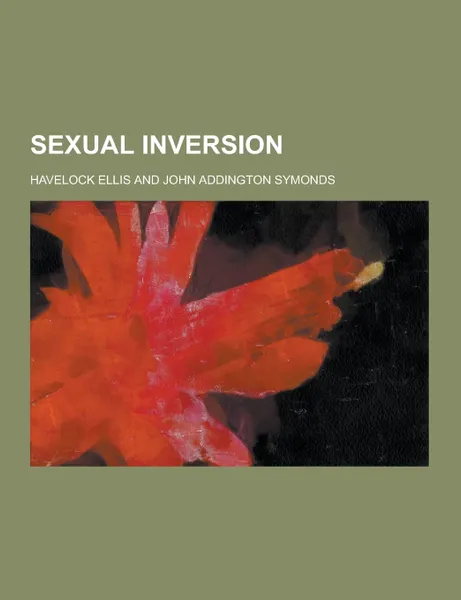Sexual Inversion 12+
📗 This historic book may have numerous typos and missing text. Purchasers can usually download a free scanned copy of the original book (without typos) from the publisher. Not indexed. Not illustrated. 1897 edition. Excerpt: ... is a deeply rooted mysticism, an impenetrable soofyism, in the Socratic doctrine of Er6s. In the Phadrus, the Symposium, the Charmides, the Lysis, and the Republic, Plato dramatised the real Socrates, while he gave liberal scope to his own personal sympathy for paiderastia.1 In the Laws, if we accept this treatise as the work of his old age, he discarded the Socratic mask and, wrote a kind of palinode, which indicates more moral growth than pure disapprobation of the paiderastic passion. I have already tried to show that the point of view in the Laws is still Greek ; that their author has not passed beyond the sphere of Hellenic ethics. He has only become more ascetic in his rule of conduct as the years advanced, importing the rumores senum severiorum into his discourse, and recognising the imperfection of that halting-point between the two logical extremes of Pagan license and monastic asceticism which in the fervour of his greener age he advocated. As a young man, Plato felt sympathy for love so long as it was paiderastic and not spent on women; he even condoned a lapse through warmth of feeling into self-indulgence. As an old man, he denounced carnal pleasure of all kinds, and sought to limit the amative instincts to the one sole end of procreation. ...
Мнения
